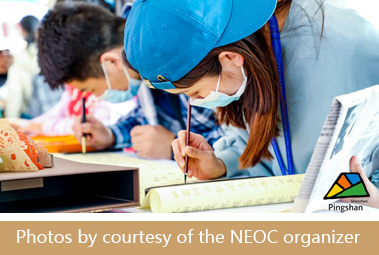
SITUATED in eastern Shenzhen, Pingshan District brought its 1st Pingshan Neo-culture Creativity Fair (NEOC), another important event that embodies the marriage of culture and development in the district, to citizens at the Yanzi Lake International Convention and Exhibition Center Dec. 5, 2020.
At the opening ceremony, the Pingshan Neo-culture Creativity Consensus 2020 was officially released illustrating the development principles of Pingshan’s neo-cultural creative industry.
According to the consensus, the industry should develop with self-confidence, taste, elements of human cultures and innovation and creativity; should guarantee the quality of the products’ design, manufacturing and services; should create and produce cultural creative products based on local characteristics and stories; and should encourage and protect originality.
Themed “An Eye for Originality: Present and Future of Neo-Culture Creativity,” the three-day fair includes an exhibition of domestic and overseas cultural creative designs, brands and products, the NEOC Summit, the Neo-culture Creativity Roadshow 2020, a music festival and other related activities.
Designed with art installations which draw inspiration from traditional Chinese landscape paintings, the exhibition consists of six sections, specifically museums and art, bookstores, innovative designs with traditional elements, creative power from the Guangdong-Hong Kong-Macao Greater Bay Area (GBA), emerging strength in media, and emerging strength in design.
Nearly 70 exhibitors from home and abroad are participating in the exhibition, including Shanxi Museum, Suzhou Museum, UCCA Center for Contemporary Art, Librairie Avant-garde, Gong Jiang, Creative Shanghai, CAFA (Central Academy of Fine Arts) Art Museum, the British Library and Edinburgh College of Art.
Upon entering the exhibition hall, the booths attract attention by showcasing cultural products from the U.K.
This time China-Britain Business Council organized a total of 14 institutions from the U.K. to take part in the fair, according to
the Tina Tu, assistant director of service delivery with the council’s Shenzhen branch.
“Museum Context, whose booth presenting Harry Porter-themed merchandise, has been seeking commercial partners in China and their products are all original creations and authorized by Harry Porter to manufacture,” said Tu. “I think its market [in China] is promising for there are many Harry Porter fans here.”
To Kiran Patel, senior director of the council, neo-culture is a new generation of creativity.
“The neo-cultural creativity is perhaps the access of giving a platform to young, the next generation, the next wave of creatives to showcase their talents, to take their ideas towards production, to commercialize their creativity,” said Patel.
“My perceptions of coming to the fair itself is that it’s incredibly creative and diverse in terms of the showcases… There’re a number of things that excite me. Just being here and being in the environment of creative people inspires me and at same time it’s also great to see that U.K. businesses have an opportunity for greater exposure for themselves on the platform we have given,” Patel said.
Among those on display, the exhibits of Pingshan’s local cultural creative brand Yepsun Quality are also very eye-catching.
If visitors are familiar with Pingshan’s history, they will easily find that Yepsun Quality’s design perfectly records the district’s cultural development and depicts Pingshan’s natural beauty.
Yepsun Quality has so far launched a total of 10 series of cultural creative products, specifically “Image of Pingshan,” “Pingshan Think Tank on Cultural Affairs,” “Pingshan X Brand Collaboration,” “Meet in Pingshan,” “Birds in Mountain,” “Pingshan Book Room,” “Yepsun Quality,” “Rarity,” “Shenzhen (Pingshan) Intern ational Sculpture” and “Pingshan Cultural Quarters.”
The ‘Meet in Pingshan’ series are products on which paintings jointly designed by 10 outstanding teachers are printed,” Yuan Jiahui, an employee with Yepsun Quality explained. “They created more than 60 works of art to portray Pingshan’s scenery and buildings. And the most frequently used painting in our products is the picture of the lotus pond in Pingshan’s Central Park.”
The fair also provided a platform for cultural creative projects to be presented and promoted.
The Neo-culture Creativity Roadshow, a contest for domestic and overseas cultural creative projects to compete for funding support and the opportunity to settle in Pingshan, was held at the fair Dec. 5.
More than 140 such projects from home and abroad entered the preliminary round and seven of them were selected and participated in Saturday’s final competition.
Bare Conductive Technology, a company headquartered in London, the U.K., won first prize for its electric paint pen. The pen can draw circuits on cardboard, posters, walls, wood and even on cloth with conductive paint that consists of a conductive pigment. Once the drawings are equipped with batteries and diodes, they will give out light.
The fair is also a place where different ideas, thoughts and attitudes meet.
The Neo-culture Summit invited experienced experts to exchange their opinions on how to explore ways to develop the neo-cultural creativity industry in the GBA; the new functions of traditional bookstores and how theses bookstores and their cultural creative products contribute to the development of multifunctional bookstores; how to enable art to become a way of life and remind the public of the importance of art; the relation between tradition, creativity and the industry value of the neo-cultural creativity.
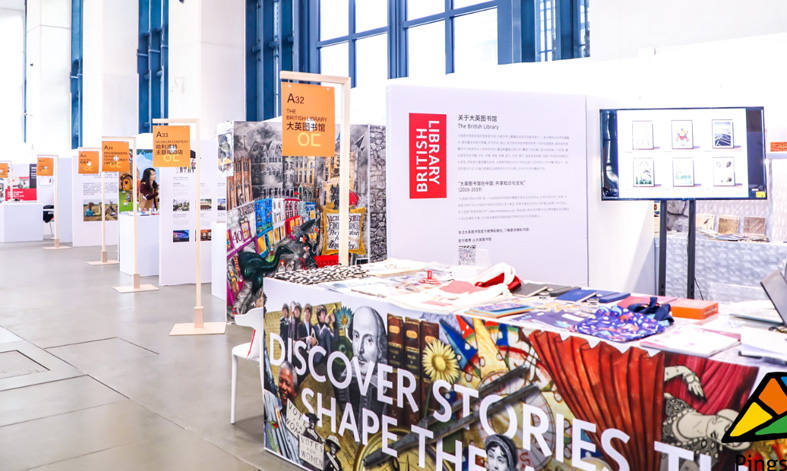
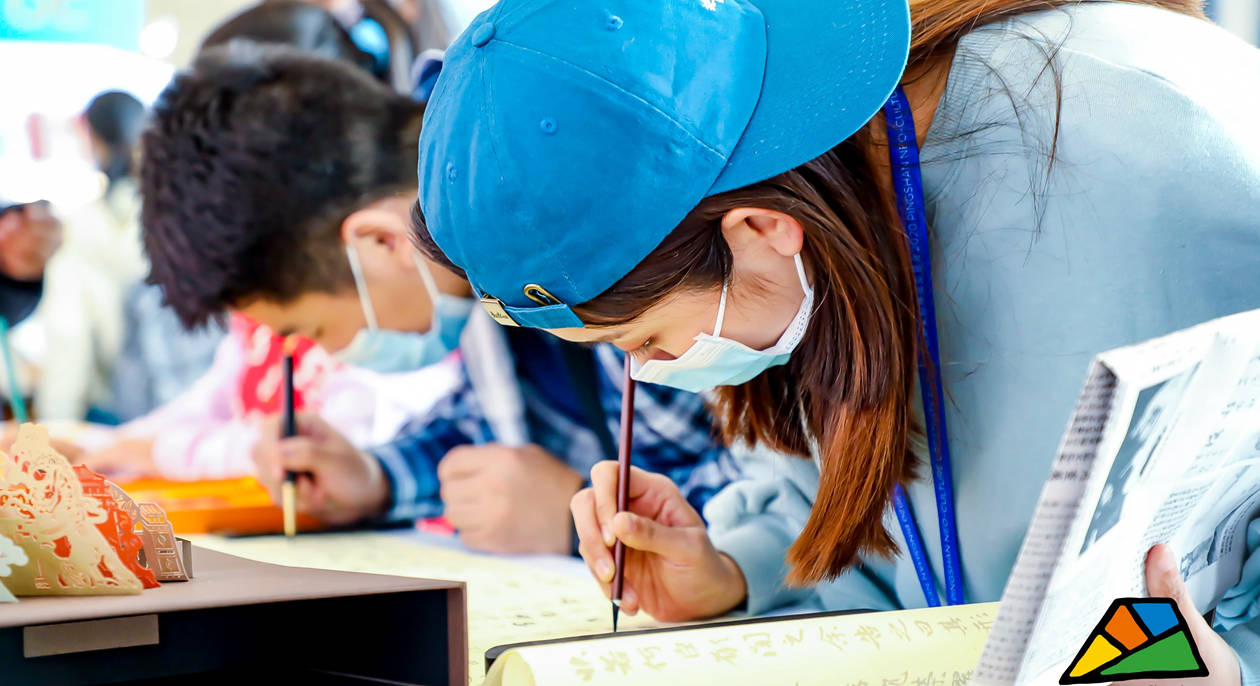
Pingshan releases consensus on new cultural creativity at NEOC
PINGSHAN’S first Neo-culture Creativity Fair (NEOC) came to an end Dec.7, 2020.
Apart from an exhibition of cultural creative products from home and abroad, a summit of experts in the field of the cultural industry and a competition for domestic and overseas cultural creative projects, the three-day fair also released the Pingshan Neo-culture Creativity Consensus 2020, an important document that illustrates the development principles of Pingshan’s neo-cultural creative industry.
The full text is as follows:
Although the early winter of 2020 has arrived, the coldness cannot eclipse the warmth of South China. Pioneers in the field of cultural creativity gathered in Pingshan, Shenzhen, and met at the foot of Maluan Mountain and the bank of Yanzi Lake to discuss “the present and future of new culture and creativity.”
What is new cultural creativity? In the midst of the new development pattern at home and abroad, China’s cultural creativity has developed for decades and is now at a turning point to the start of the new cultural creativity. The scope of cultural creativity is expanding, the definition of cultural creativity is being enriched; and the era of cultural consciousness of cultural creativity has started.
We come to Pingshan with ideas for cultural creativity, an interest in appreciating works of art, an unswervingly pursuit of aesthetics and craftsmanship in manufacturing, to discuss the creative transformation and innovative development of excellent traditional culture and promote the exchange of ideas between domestic and overseas cultural creativity industries and the construction of a sound development environment for the industry. Here we agree as follows:
When developing the neo-cultural creative industry, we should adhere to human cultures as the core, strengthen cultural confidence, stick to good cultural taste and humanistic feelings and uphold the nature of the cultural creation and innovation, so that cultural creation and its products can truly become the carrier of human cultures and the embodiment of poetic life.
We should always prioritize quality, consider quality as the bottom line of the content of human cultures and ensure quality in the conception, design, manufacturing and services of the industry, so as to meet and guide people’s growing needs for high-quality culture.
The design of our cultural products should derive from local characteristics and be based on local stories. In order to tell the stories behind our cultural creative products and make local culture more impressive, we should pay attention to discovering the source of the design and creation of cultural products and focus on making use of local characteristics, features of sites, local resources and creative ideas when designing and creating.
We should also stick to and encourage the spirit of originality, and protect the intellectual property of the designers and motivate them to continue innovating and creating in order to fulfill the value of originality and promote the sound development of the environment where original designs of the cultural creative industry thrive.
Cultural creativity has diverse forms and enriches people’s lives, and its development and future is joyful and promising. We hope, through contact, communication and thorough understanding, that we can create a sustainable environment for the cultural creative industry, jointly explore ways to develop the neo-cultural creativity industry with Chinese characteristics, integrate quality and beauty into our daily life and let the culture enlighten the future.




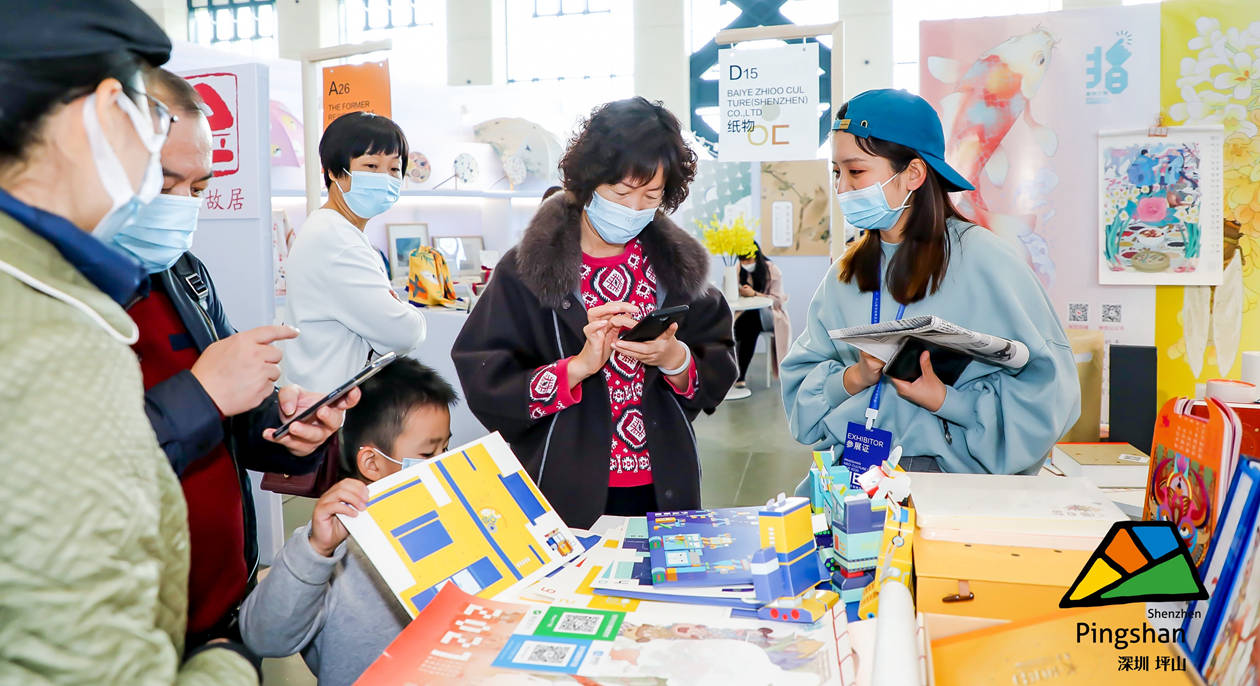
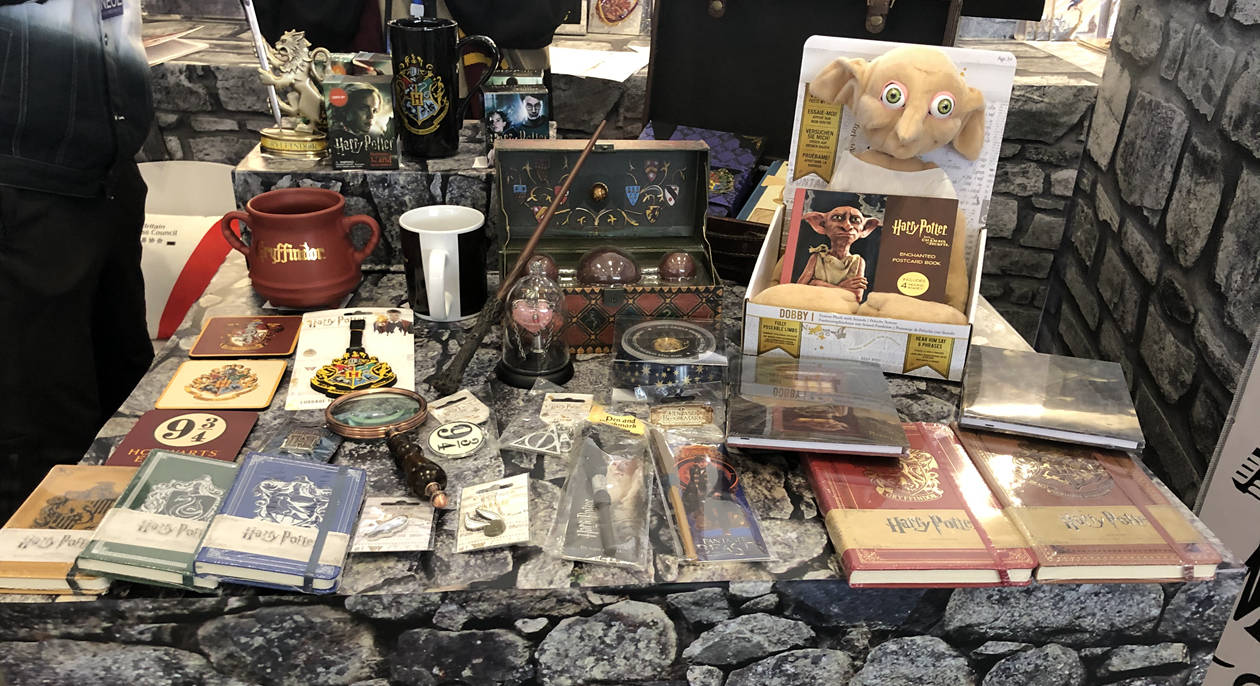
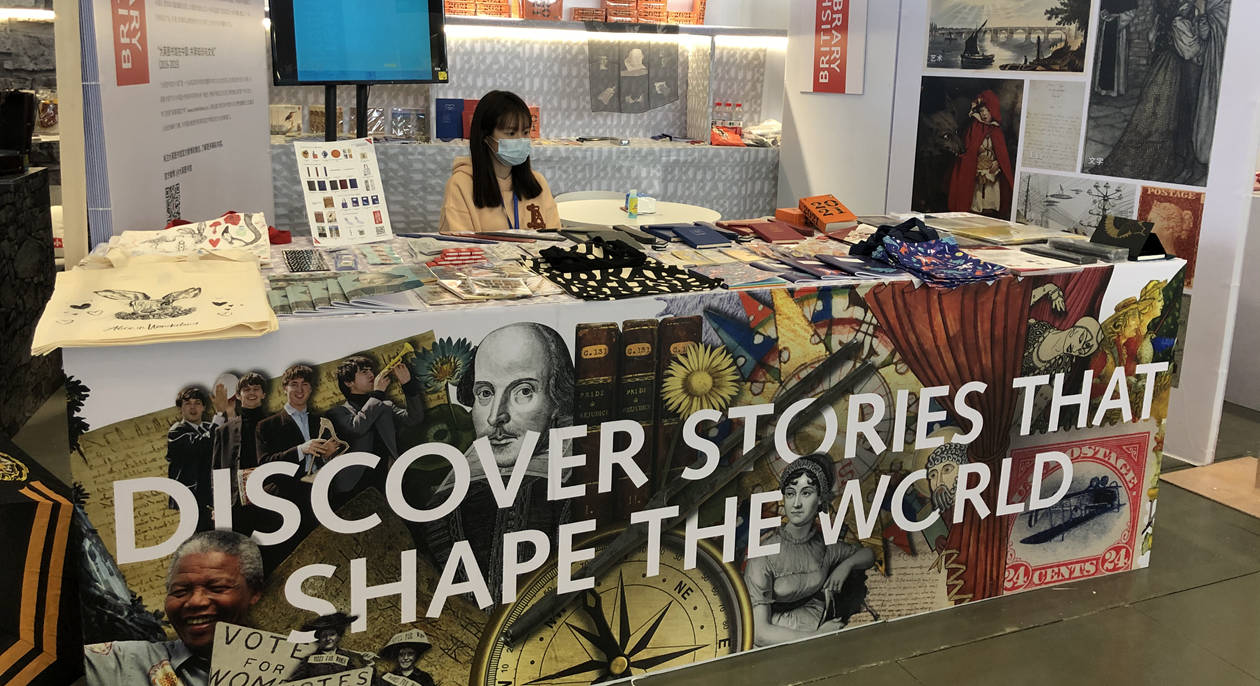
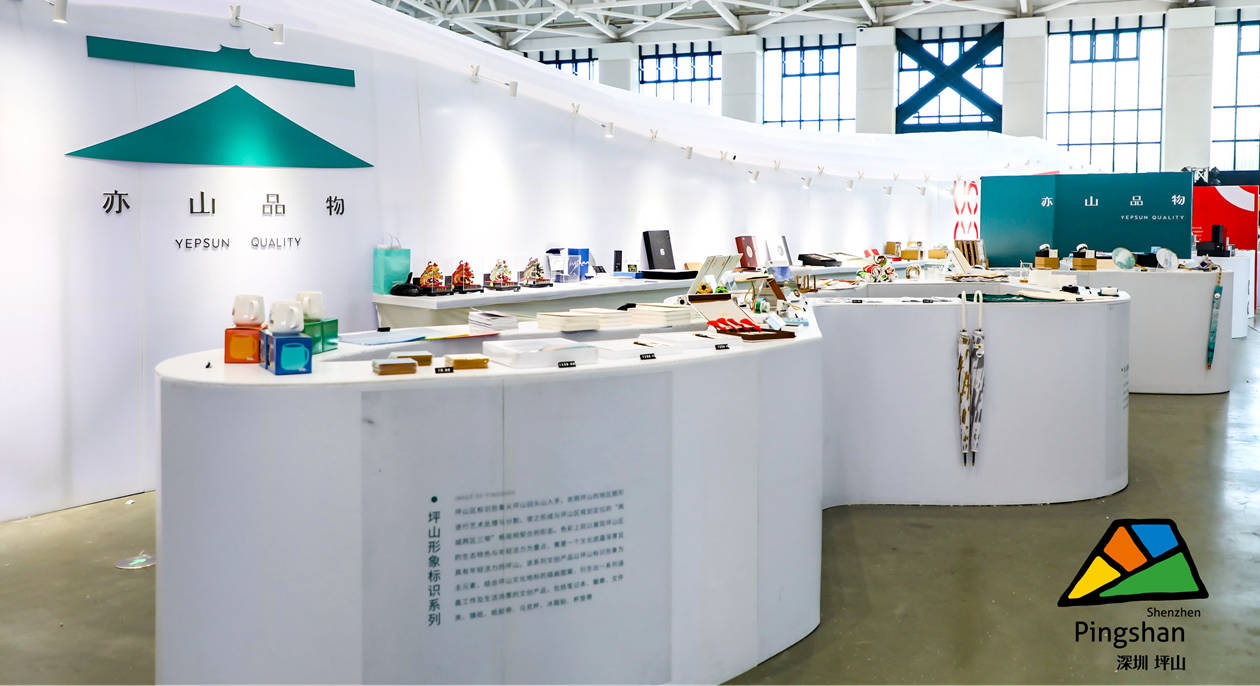
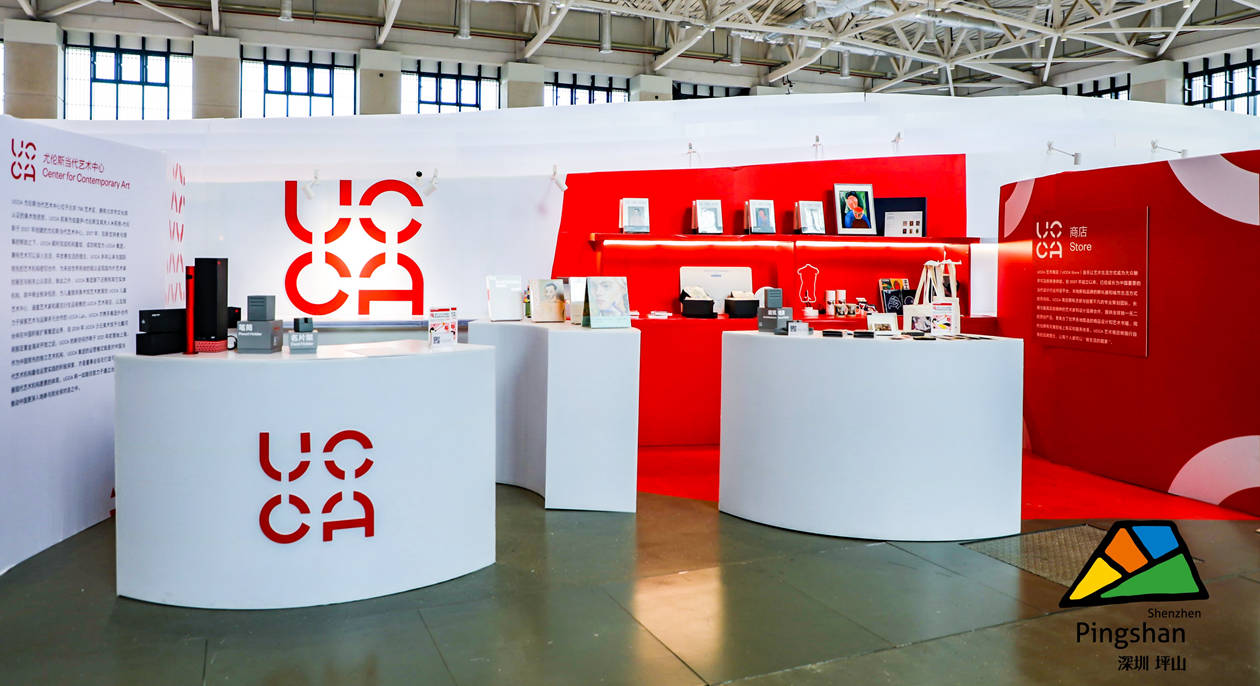
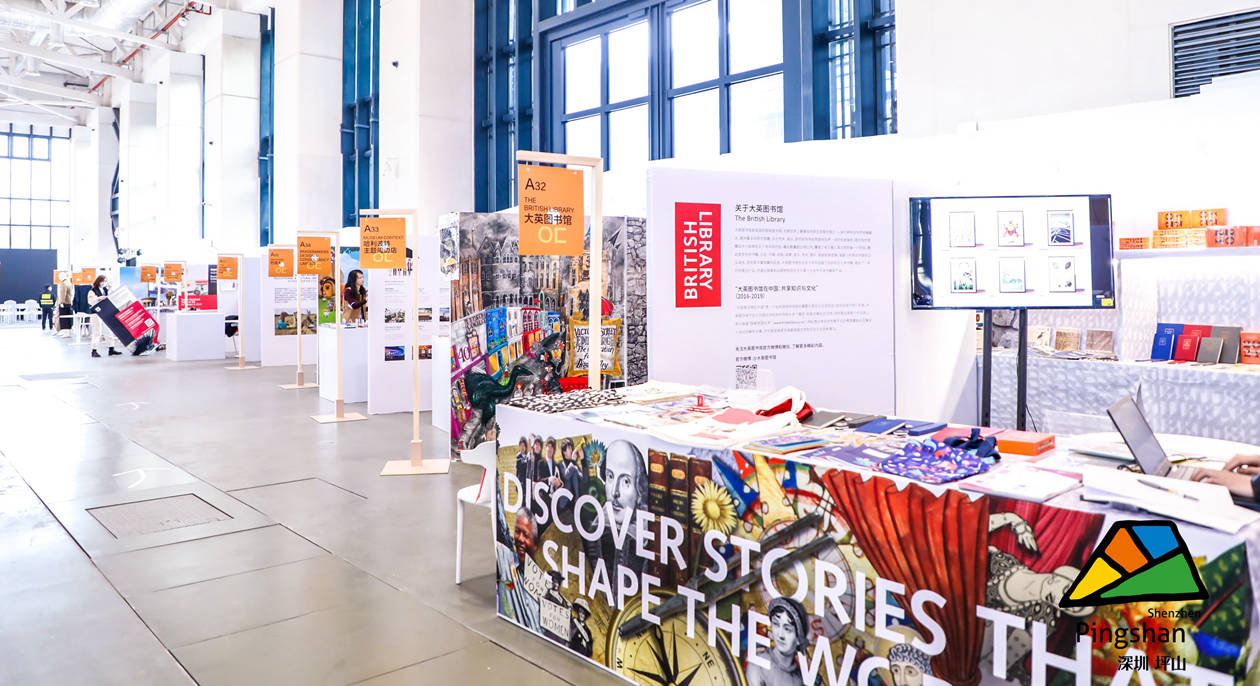
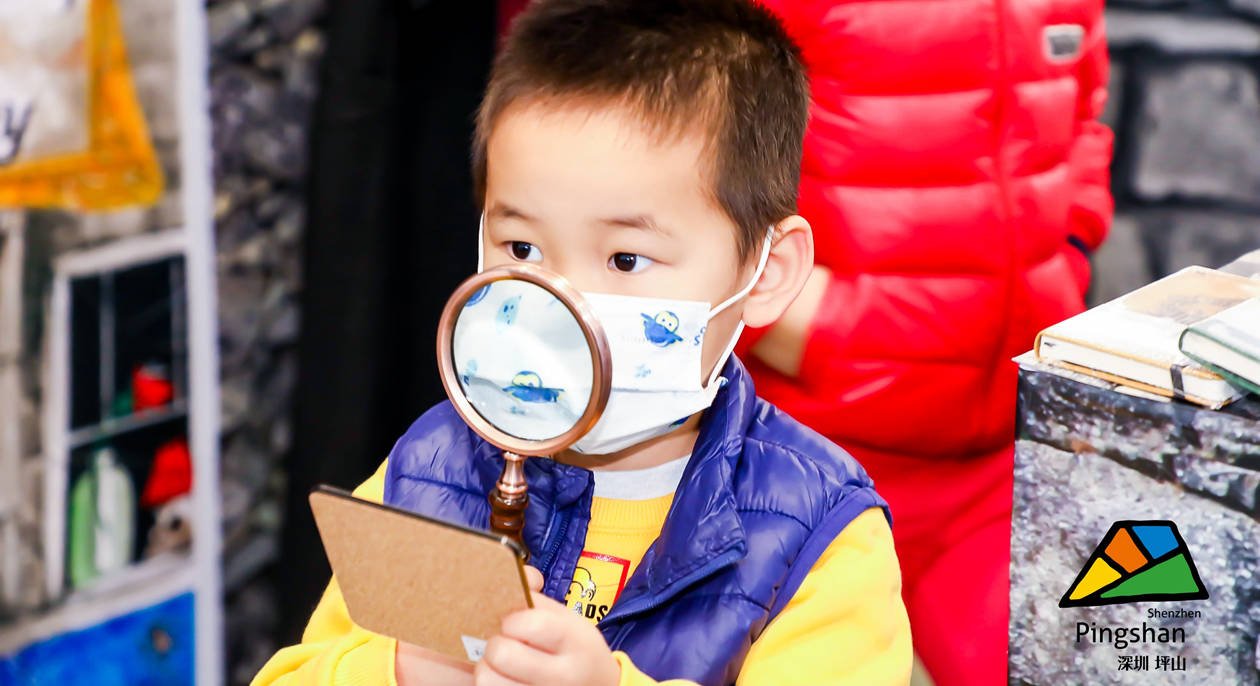
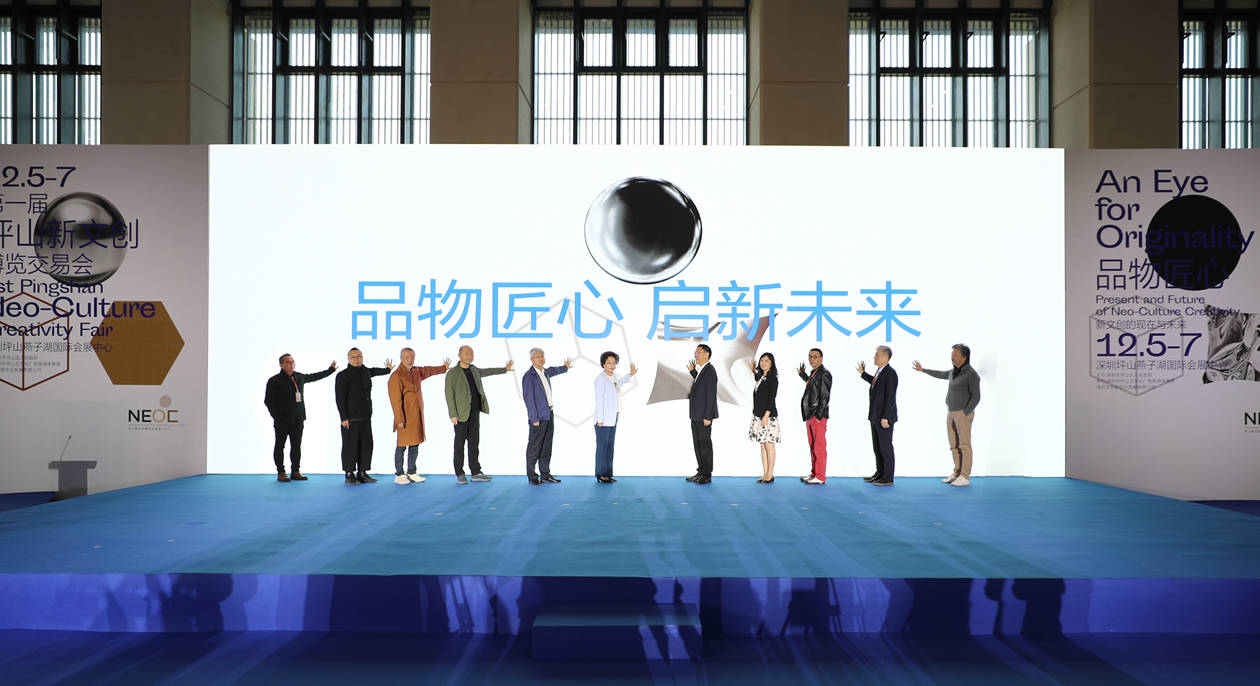

 Police Registration Number:44031002000124
Police Registration Number:44031002000124